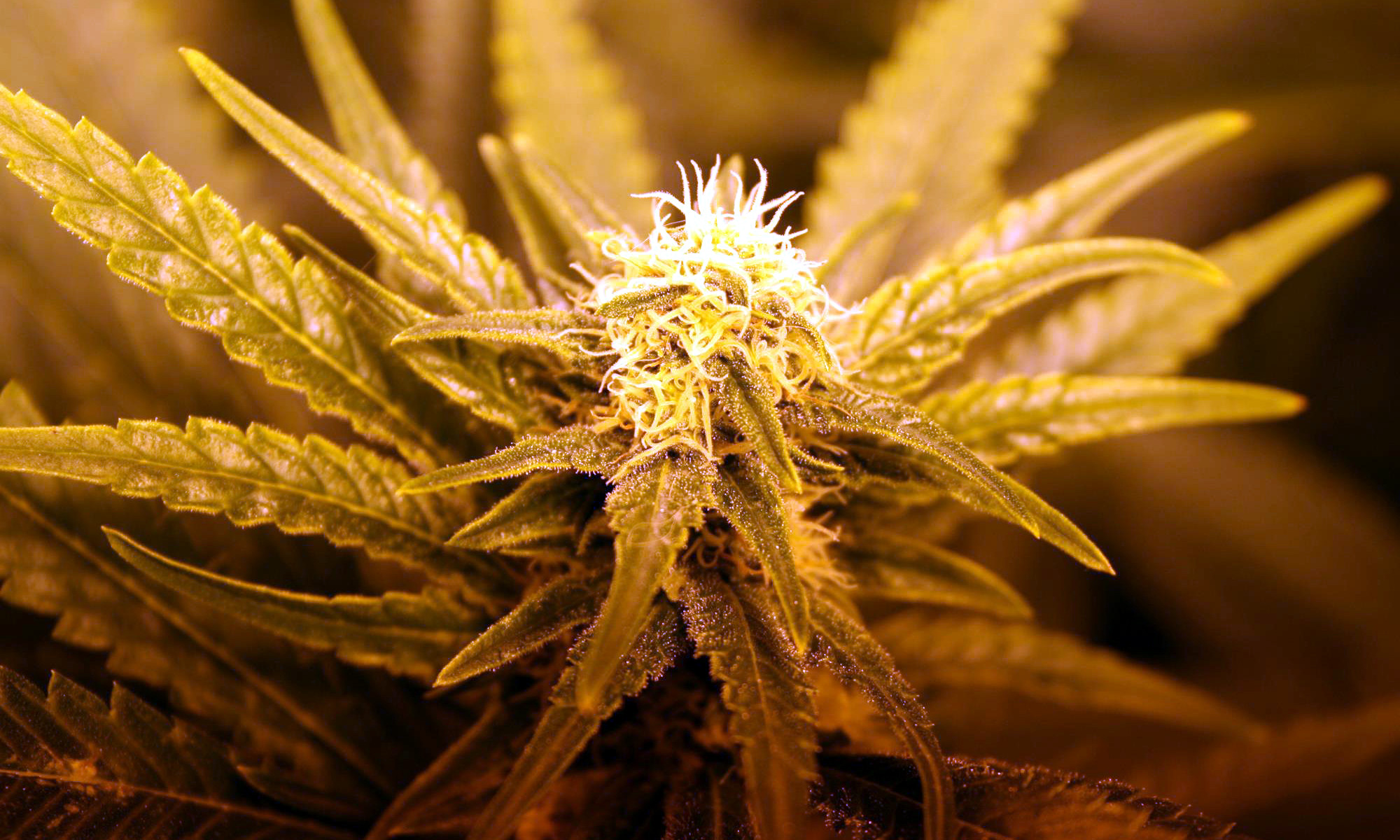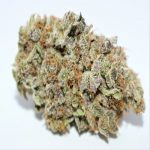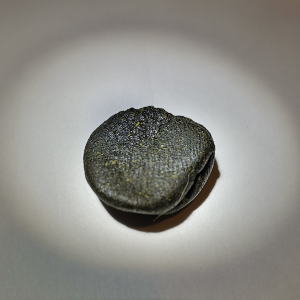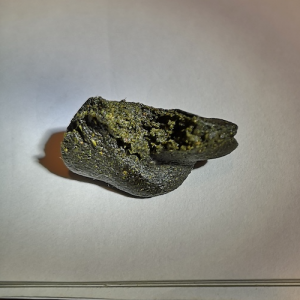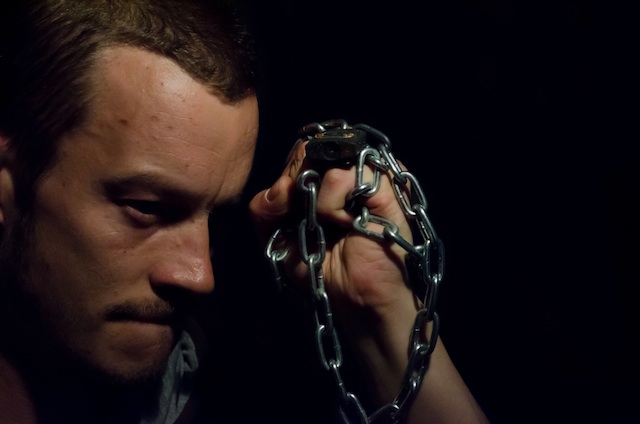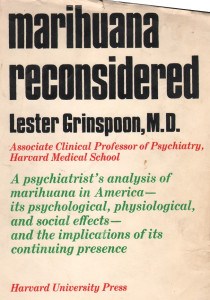This is likely the 25th or 30th time I’ve tried to put something of my story into words. I’m unsure of why or even if would want it read, but there is an unknown need to satiate. I cannot ignore it any longer.
In truth, the reasons to not write this are far easier to find. Fear is always the first one, as it has so many components. Fear of being judged or disliked roots itself deep in my earliest years. Fear of exposing oneself, which I suspect is strongly tied to the previously mentioned fear, has been ever present.
There was also an internal conflict that seemingly could not be overcome. For a long time, the motivation could have easily been claimed as anger. That anger and the message it wanted to send was in direct conflict with my personal growth. Truth be told, I used that anger from a very young age as motivation to get as far away from the source as possible.
That was flawed plan from the start, as you cannot outrun that which you carry with you.
Such viewpoints and considerations are not granted to a youth who is trying to cope with a reason to be fearful in most any direction. Fear becomes fight or flight. When it is impossible to fight, flight remains the only option. Both responses being fuelled and justified by fear, it becomes a singular all powerful drive with no sense or direction beyond just escape.
I met a friend recently whose flight response resulted in him basically running away to university. Never let it be said the power of diversion is a weak force. His journey lead me to wonder how many post graduate students are there for similar reasons. Likely more than we would care to realize. For others, I suspect taking the fight path came about in much the same way, with the only real difference being a choice to stand instead of run.
So, how to tell a story without needing to tell the whole story? The last thing I wish to do here is create a list of traumas and crises. It neither serves me or the reader any benefit to endure the process of reliving any of it.
In fact, that very unwillingness — something I see as a crucial step forward — is a hinderance in finding a way through this with help from the medical community. How truly beneficial is it to force someone to relive all the most terrifying moments they can recall, for the sole purpose of giving a clinician a ‘complete’ picture of what they live with on a daily basis? It makes as much sense as reopening every cut and rebreaking every broken bone a patient endured to get a complete picture of their overall health.
While that description may sound extreme, anyone with PTSD who has interacted with health professionals in the course of treatment will agree 100%. Barbaric is how I would honestly describe it.
This, however — whatever it is — is not about the failures of the medical system. In fact, perhaps through an unwillingness to waste my time or theirs, I cycled through enough individuals to end up sitting in front of someone who was truly helpful. An old Irish hippie GP and my current nurse practitioner. So if we are not here to bash the medical system or lay bare all my scars, what the fuck are we doing here? Wasting your time? Wasting my time? Maybe.
I’m certainly not here to make any claims that anyone should ‘just do as I do/did and you’ll be fine’. Nor am I here to entertain any delusion that my path of healing is complete. It is a journey I will walk with gratitude all my days. So the only real story I guess want to tell, for now, is where I was in the time before it all collided and how that collision in turn changed my life. Let me reword that: How that collision forced me to change my life.
By my mid-40s, I had run the medical gambit of therapists, god-complex, “I can heal you” doctors and resident psychiatrists and I had had a few good years with the afore mentioned Irish hippie doc. There was also a new relationship in my life that proved to be an incredibly grounding force. Unconditional love seems like an empty platitude until you experience it for yourself. May you have the ability to offer it and recognize it in those around you for there is little in life more rewarding.
Things should have been perfect. On the surface, they were. Burying anger becomes so normal that even when rooting it out over time, there will be areas that get missed or overlooked.
I knew it was there. Its own cycle kept it fed as it would anger me that I had not been able to identify the source and deal with it. I had gotten pretty good at getting past triggers through identification and clear choices to leave whatever that was behind and move forward without it. That is easy to do once you start to take ownership of yourself, claim what is yours — good or bad — and toss any rocks packed in your bag by someone else.
Easy isn’t the best word, but it fits. The viewpoint on that word in that context is vastly different depending on where you are in your own personal journey. For me it was still not enough; there was still something deep I couldn’t quite find. I sure as hell was not expecting it to be revealed in the manner it was.
Gratitude was not something strange to me. There was much around me to be grateful for. Life brings to us many gifts. Some we ask for; some are more of a surprise. My gift, at a time when needed, was an enemy. Someone who went out of their way to be abusive to others had decided I was worthy of their negative attention.
Four years of numerous and consistent incidents had served well to fuel the remaining anger I sought to bury because I couldn’t kill it. I did not realize at all how closely tied that anger was to the current state of affairs. One particular day, there was another incident. I sat down, frustrated, having tried everything within reason to simply keep the peace. Yet this person was having none of it.
Something inside me switched that day. As I sat there, I told myself that enough was enough. Living like this was no different from parts of childhood I fled so many years ago. I remember thinking, “I thought this shit was behind me”. And then, “I am putting a stop to this once and for all”. That thought had no sooner appeared to me when here was this person once again in my face.
Nobody touched anybody that day and no one was hurt in any way, but a clear message was sent. And received. The arresting officers could not have been nicer and they went out of their way to make the process very easy. They even drove me both ways to the station and back home again.
It started in the back of the police car with a feeling in my gut. Something was different, yet in a good way. It was something I could not reconcile at the time. In fact, it was confusing. Being in the back of a cop car means you’re in trouble. So why did I feel somehow liberated?
It was hard to even identify that sense of liberation at the time. For the entire month prior to my single court appearance it was there alongside a knot in the gut. It wasn’t that I had no idea what it was; it was accepting it for what it was. In conversations with one of the most special and influential people in my life in the immediate days following my arrest, we talked about epiphanies. The system, however, still had something to say about my losing my cool. Until I knew what the outcome was, there would be a knot.
Court came and went in a day, just a single appearance. It seems that accepting responsibility for ones actions is favoured, though I did not share the reality I had no regrets. Having that burden lifted, it was on to dealing with the fallout. It was time to sort through this mess. What came next was life-changing. All the anger and frustration I thought I held towards that person became something entirely different: Gratitude.
While I already had a nice list of people and things I was grateful for, when it came to this person, well, it was the last thing I expected. The more I thought about it, however, the more it made sense. The more I accepted it, the smaller the knot in my gut became. Before long, it was gone.
If someone said to me 20 or 30 years ago, “Life gives you what you need when you need it”, I would likely have responded with resentful anger and listed off 20 or so things I would have demanded justification for ‘needing’. But the filters change with time. My progress up to that point had been my own. I owned it. I nurtured it. I guided it. Yet I was still stuck with a ball of anger I could not root out. I likely would not have managed to do so without the gift of an enemy.
Life had put me in a position where I had to face some of my worst fears head on. Where I had to choose fight over flight. Even if only to know it was possible to make that choice.
Who knows.
I can only tell you what I do know: I am not angry anymore, though I regret living so many years with anger. It blinds you. It is not life, it is merely existence.
A lyric comes to mind, “I don’t know where I’m going. but I sure know where I’ve been”. It has special meaning for me these days. In some ways, I feel like I have only just become alive and aware. And I do not know where this life, just like this article, is going. Not knowing where this path now leads only brings excitement and enthusiasm. One foot in front of the other, I’ll go where it takes me knowing my past does not predetermine my future. I am in control.
If there is any real takeaway message in all this, it is simple: Self-empowerment equals choice. Choice is everything. My own fears were drowned because I made a choice. I made the choice to stand up and demand something better for myself, to protect myself and to heal myself.
I wish for all of you to find the strength you need. To make a choice. To heal yourself.
To walk a path unburdened.
